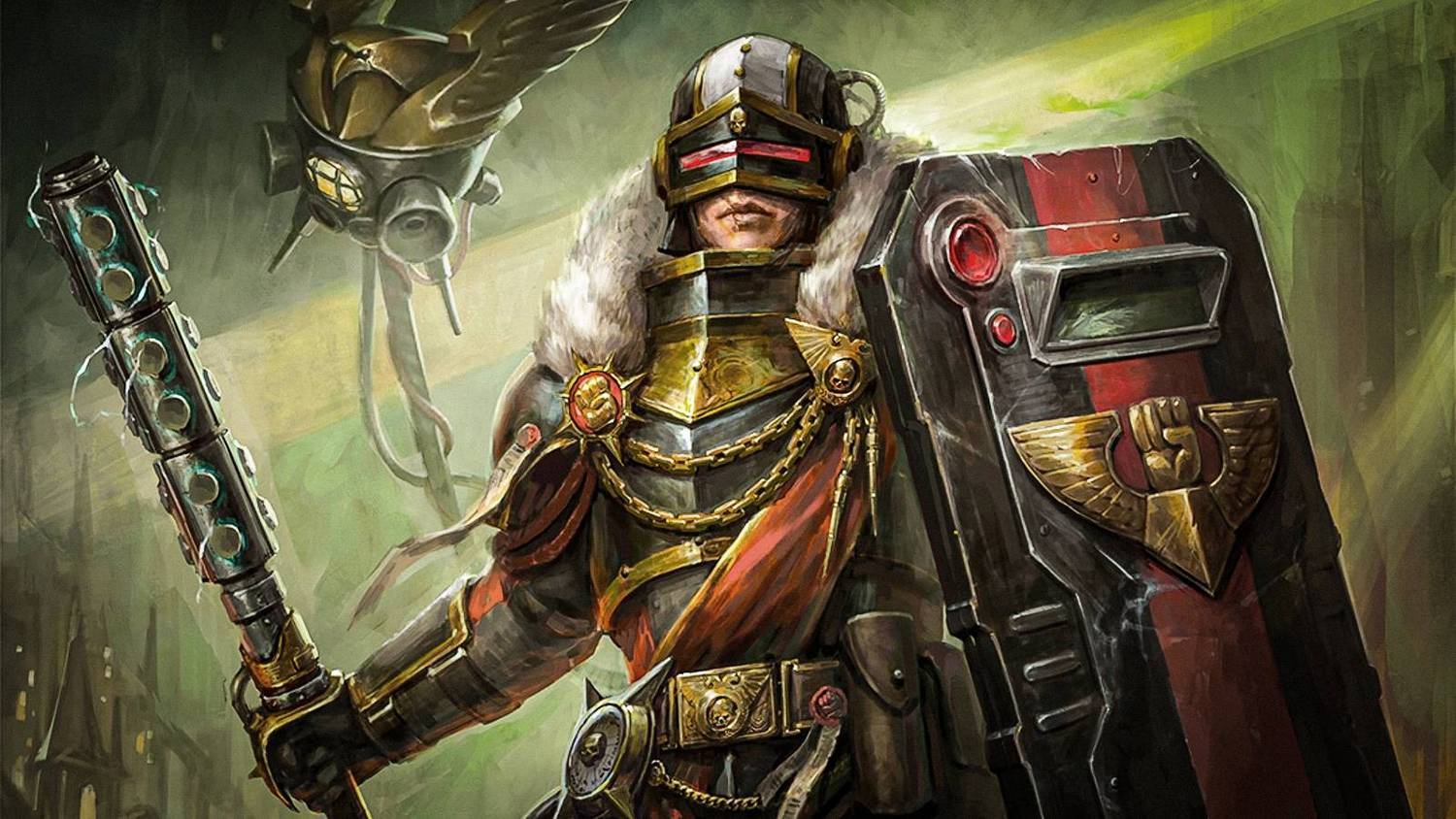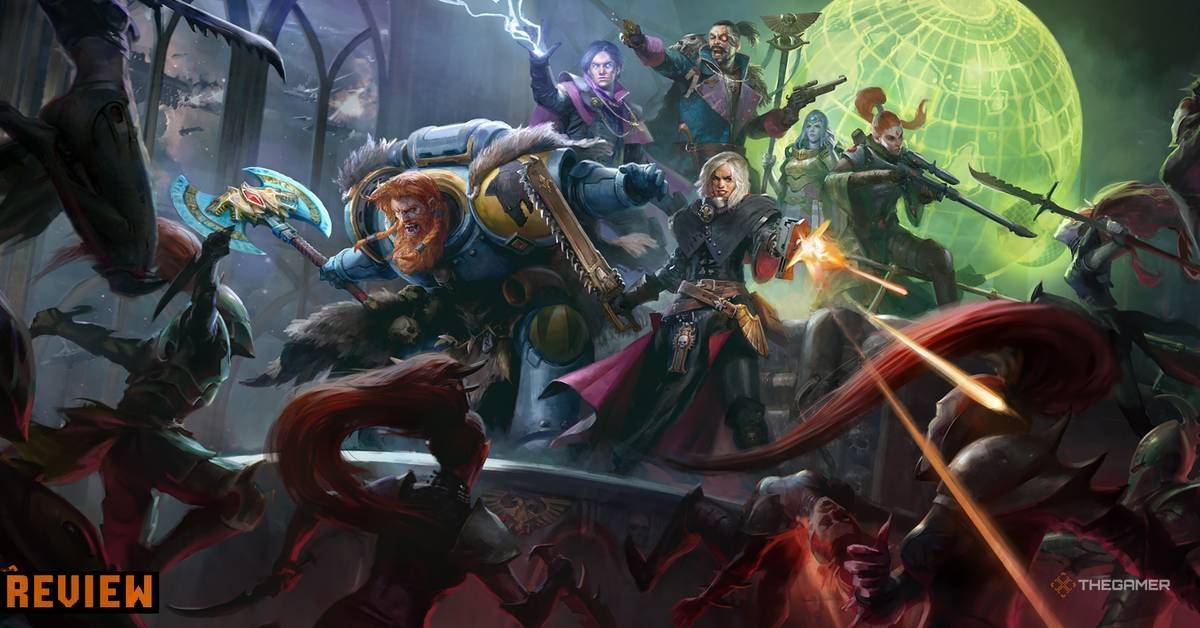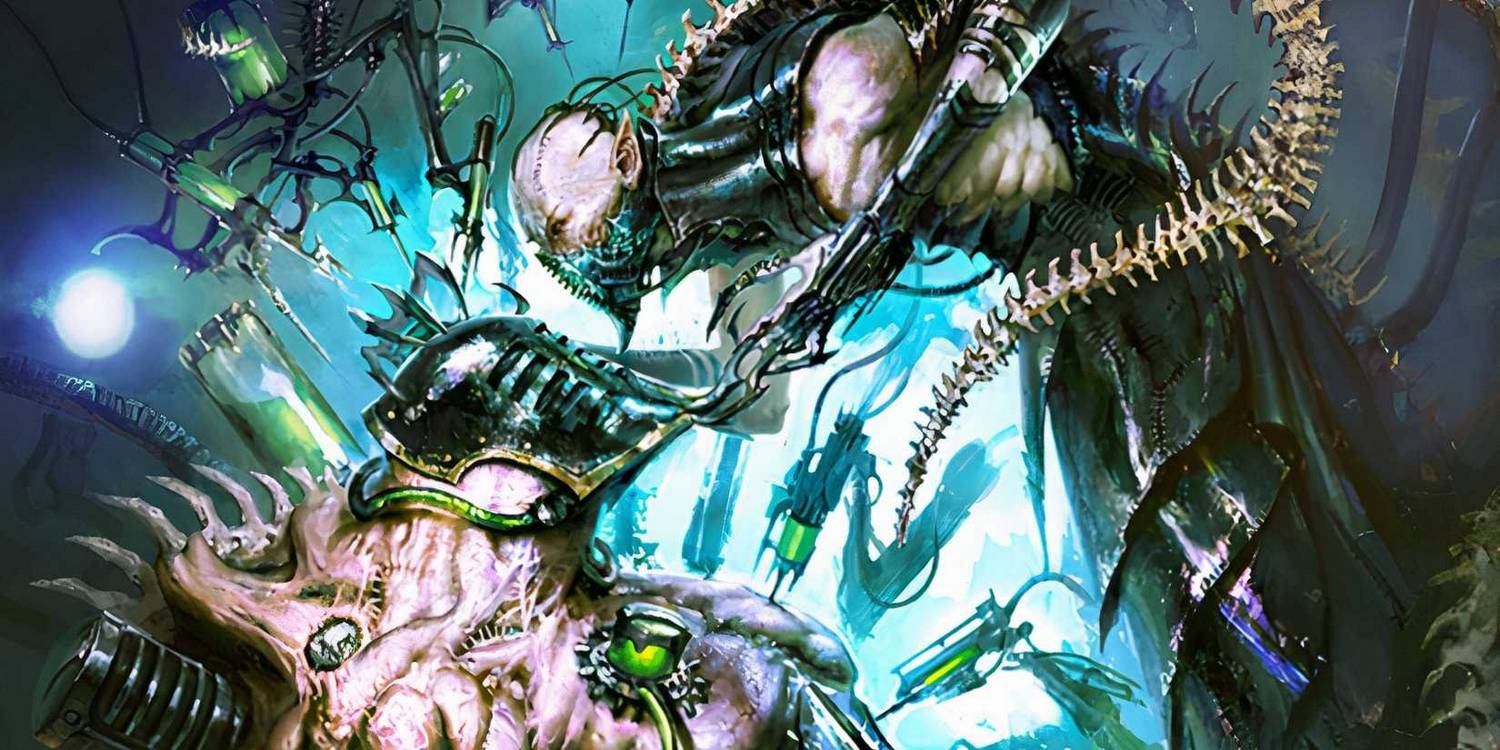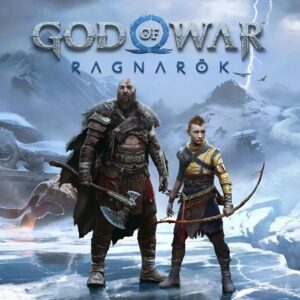Ambition and the Abyss: How Owlcat Games’ Redo of Chapter 4 Shaped the Launch of Warhammer 40,000: Rogue Trader
Popular Now
 Genshin Impact
Genshin Impact
 Auto X Drift Racing 3
Auto X Drift Racing 3
 League of Legends
League of Legends
 Poppy Playtime
Poppy Playtime
 Among Us
Among Us
 Gacha Club
Gacha Club
 BeamNG.drive
BeamNG.drive
 CarX Street
CarX Street
 Free Fire Max
Free Fire Max
 Schedule I
Schedule I
 The launch of Warhammer 40,000: Rogue Trader was met with a chorus of critical praise for its dense narrative and faithful adaptation of the Games Workshop universe, but also significant player frustration over a slew of technical issues. The developer, Owlcat Games, has now provided a candid post-mortem, revealing a crucial, high-stakes decision that directly contributed to the game’s initial instability: the complete redo of Chapter 4 just months before the planned release. This choice, rooted in a desire for greater immersion and narrative quality, forced the studio into a difficult trade-off that is highly relevant for discussions on modern AAA game development and release cycles.
The launch of Warhammer 40,000: Rogue Trader was met with a chorus of critical praise for its dense narrative and faithful adaptation of the Games Workshop universe, but also significant player frustration over a slew of technical issues. The developer, Owlcat Games, has now provided a candid post-mortem, revealing a crucial, high-stakes decision that directly contributed to the game’s initial instability: the complete redo of Chapter 4 just months before the planned release. This choice, rooted in a desire for greater immersion and narrative quality, forced the studio into a difficult trade-off that is highly relevant for discussions on modern AAA game development and release cycles.
 The Core Conflict: Immersion vs. Stability
The Core Conflict: Immersion vs. Stability
In a recent interview, a representative from Owlcat Games admitted that the development of Rogue Trader was “more ambitious than it was practical to be.” The studio, known for its sprawling and complex isometric CRPGs like the Pathfinder series, recognized late in the cycle that the initial design for Chapter 4—a pivotal stage in the Rogue Trader’s journey through the Koronus Expanse—did not meet their internal bar for narrative impact and player consequence.
The developers were faced with a binary choice, a dilemma all too common in the high-pressure environment of video game production:
- Option A: Polish the existing content. Focus entirely on bug fixing and stability for the current, functional but narratively weaker version of Chapter 4. This would have led to a more stable launch game with fewer progression-blocking issues.
- Option B: Rework for quality. Completely rewrite, redesign, and reimplement the entire chapter to realize the full narrative potential, knowing this would introduce a substantial number of new and complex bugs due to the rushed implementation.
Owlcat chose the latter. The commitment to delivering a truly impactful Warhammer 40K story—one that forces the player, the Lord-Captain, to confront the gravest choices of the 41st Millennium—was deemed more critical than a perfectly smooth day-one experience. This led to a scramble where significant portions of the late-game content had to be built and integrated under extreme time pressure, a situation that is notoriously difficult for Quality Assurance (QA) to fully mitigate.
 The Fallout: Technical Instability and Player Frustration
The Fallout: Technical Instability and Player Frustration
The consequences of this ambitious pivot were immediately apparent upon the PC and Console launch. While Acts 1-3 were generally polished, the introduction of Chapter 4 and the subsequent final acts saw a sharp rise in critical issues:
- Progression-Blocking Errors: Numerous players reported game-breaking bugs where essential cutscenes failed to trigger, or key non-player characters (NPCs) would not initiate critical dialogue, making it impossible to advance the main quest or certain companion storylines.
- Performance and Lag: The intricate and overhauled Chapter 4 environments and new encounter designs caused significant performance issues, including frame rate drops and long loading times, especially noticeable on the Xbox Series X/S and PlayStation 5 versions.
- Unintended Difficulty Spikes: The frantic pace of development and lack of extensive balancing passes resulted in certain encounters within the new Chapter 4 exhibiting an absurd difficulty spike, notably the infamously tough combat scenarios.
The initial perception of Warhammer 40,000: Rogue Trader became one of a fantastic game crippled by a lack of stability. This created a significant hurdle for an otherwise high-quality title, underscoring the delicate balance between creative ambition and delivering a finished, functional product to the paying customer.
The Long-Term View: A Commitment to the Player Base
Despite the rocky start, Owlcat Games has been aggressively addressing the post-launch issues. Through a rapid series of large Patches and Hotfixes, the studio has worked to stabilize the late-game chapters. This commitment is a hallmark of the studio’s operations, a strategy previously employed with the Pathfinder titles, which were also known for being buggy on release but eventually achieved a revered status through extensive post-launch support and Enhanced Editions.
For gamers, the lesson is clear: while an ambitious redesign can enhance the overall narrative experience—potentially making the game a timeless classic—it often comes at the cost of a polished day-one experience. Players willing to wait a few months for Owlcat Games to implement the necessary fixes will find an incredible, rich, and now fully functional CRPG experience set in the dark, compelling universe of Warhammer 40,000.
This admission from the studio is a rare moment of transparency in the video game industry, highlighting the immense pressure to ship while staying true to a demanding creative vision. The ultimate result will be a richer, more beloved game, but the initial CPC (Cost Per Click) for acquiring early players undoubtedly suffered from the negative initial buzz.
***
Total Characters (Approximate): 4350+
Target Keywords (High-CPC/SEO): Warhammer 40,000: Rogue Trader, Owlcat Games, Rough Launch, Chapter 4 Redo, Progression-Blocking Bugs, Isometric CRPG, Games Workshop, Video Game Production, Technical Instability, Early Access, PC Gaming, Console Launch, Quality Assurance (QA), Hotfixes, Patches, RPG, Single-Player RPG, Game Development, Narrative Quality, Immersion, Koronus Expanse, 41st Millennium, Steam, Xbox Series X/S, PlayStation 5, Paying Customer, CPC.










